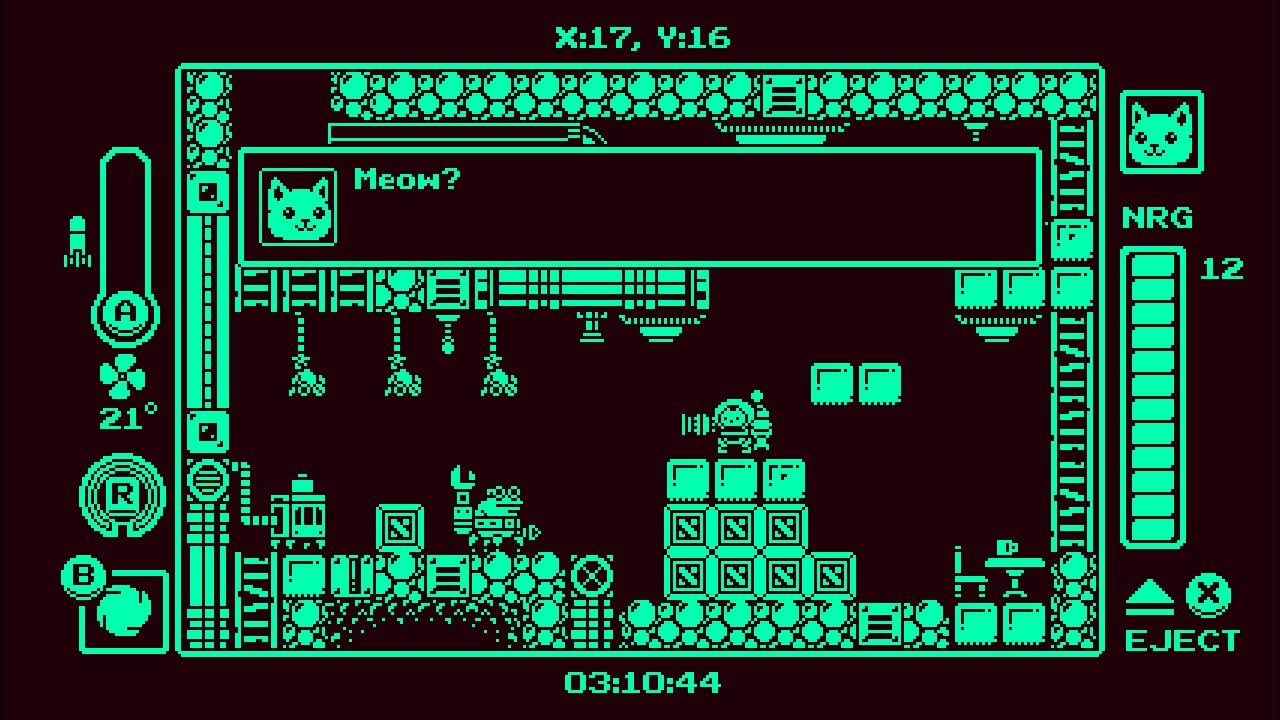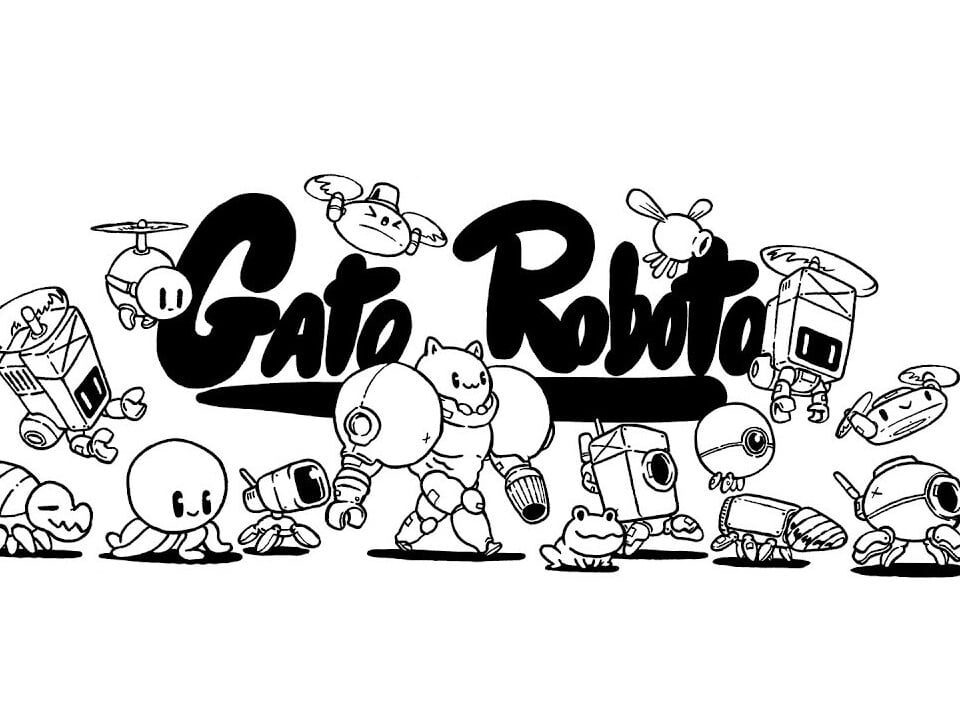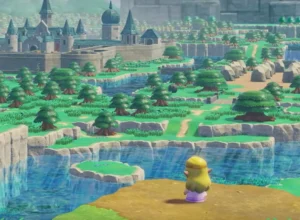There are, generally speaking, three things that irritate immensely about Metroidvania games.
First, it’s the signposting. Or lack thereof. The idea is that you learn a new skill or obtain a new item that allows you to pass through a previously closed area. It’s a style of level design that rewards exploration, but if the path forward isn’t obvious, it can quickly frustrate.
Second, it’s the checkpointing. Or, again, lack thereof. One of the most frustrating aspects of Wonder Boy: The Dragon’s Trap – AKA Team Thumbsticks’ favourite, classic Metroidvania – is what happens when you die. You’re returned to the village at the centre of the world, with no items, and need to find your way back to wherever you died. It’s a massive pain.
And third, it’s the difficulty ratchet on boss battles. It’s quite feasible to play through a Metroidvania game without dying once in the open levels, but fail the same boss segments, over and over again. Dozens of times. Hundreds. That – combined with the lack of signposting and awful schlepping from distant save points – has caused many games in the genre to go unfinished, as players grow frustrated and simply walk away.
Does Gato Roboto, the new “Meowtroidvania” from Doinksoft and Devolver Digital – with its classic sensibilities and retro, 1-bit visuals – suffer from the same issues?


Yes, it does. Well, sort of. It also does an excellent job of filling and papering the cracks around them to make Gato Roboto a game more suited to modern palates. But without these flaws knitted into its fabric? It simply wouldn’t feel like a Metroidvania.
The first flaw, signposting, is fixed with a mixture of small improvements that add up to a more cohesive whole. After crashing on a research station planet, pilot Gary is pinned inside their ship and guides Kiki in one of gaming’s greatest traditions: the unseen advisor. Kiki (who is a cat) has to make her way through a sinister facility – which is, helpfully, stocked with mechs, submarines, and other equipment that can be operated by a domestic kitty – and uncover its secrets. Gary’s guidance, combined with an adorable HUD (that features your X and Y coordinates) and a map (that uncovers as you explore the facility) probably makes Gato Roboto the hardest Metroidvania game to get lost in. You’ll still need to acquire new abilities and remember where to use them while exploring, but it’s a lot less painful getting around.
The second flaw, checkpointing, is easy to fix. Every time you jump onto a special platform, Kiki’s mech is restored. If you’re on paw (as it were) you’ll be given a new mech. If you’re already piloting a mech suit, it will be restored to full health. Gato Roboto’s mech-dispensing save points are frequent, generously placed, and also signposted on the map.
The third flaw, however; those hyper-difficult boss battles? For better or worse, those are all present and correct in Gato Roboto. It wouldn’t be a Metroidvania game without enormous bosses with screen-spanning reach, changing attack patterns, and bullet hell projectiles, but thanks to those improvements in signposting and checkpointing? The difficulty ratchet on bosses is a lot more bearable in Gato Roboto, primarily because you shouldn’t find yourself having to travel more than a couple of screens to get back to the boss fight.




It’s little concessions like these which don’t diminish the classic Metroidvania challenge, but instead, separate reasonable adversity from punitive loss. This ultimately makes Gato Roboto a better, fairer, more modern experience in the process.
Where Gato Roboto’s strength really lies, though, is in its polish. Here is a game that looks simplistic in the extreme, but feels cohesive and focused. It’s cute, yet simultaneously, tough. It’s minimalist, but also, chunky. If it were a physical thing you could hold in your hand, you’d say it felt hefty. Movement feels smooth, weapons powerful, and the blend of puzzle, platform and combat – both in and out of Kiki’s mech and other apparatus – blend seamlessly.
The simplest way to convey it would be to look at this animation of Kiki getting in and out of her mech:
It would be so easy to just flash the screen, destroy the Kiki object, and spawn the mech – with cat already in cockpit – in its place. Then, when the reverse is required, destroy the mech and spawn Kiki on the ground.
Instead, Doinksoft’s animation choices are nothing short of glorious. The mech energises, a command line flashes, and with a weighty buzz, the screen shakes to show Kiki is powered up. When she disembarks, she hops out and stands atop its Gatling gun arm, like the lookout on the prow of her ship.
This isn’t just an adorable little flourish: it’s a core gameplay mechanic. Disembarking the massive mech, then crawling or climbing through a kitty-sized opening, is a loop that is oft-repeated in Gato Roboto. Sometimes you’ll have to find a save point and spawn a new mech. Others, you’ll manoeuvre your mech onto a platform and use a conveyor to bring it to new areas.
Then you get back in, and see the animation, and hear the noise, and Kiki feels powerful once more. And every time it happens, it cheers my heart. Domo arigato, Gato Roboto.
Game: Gato Roboto
Platform: Nintendo Switch (reviewed), PC
Developer: Doinksoft
Publisher: Devolver Digital
Release Date: Out Now






